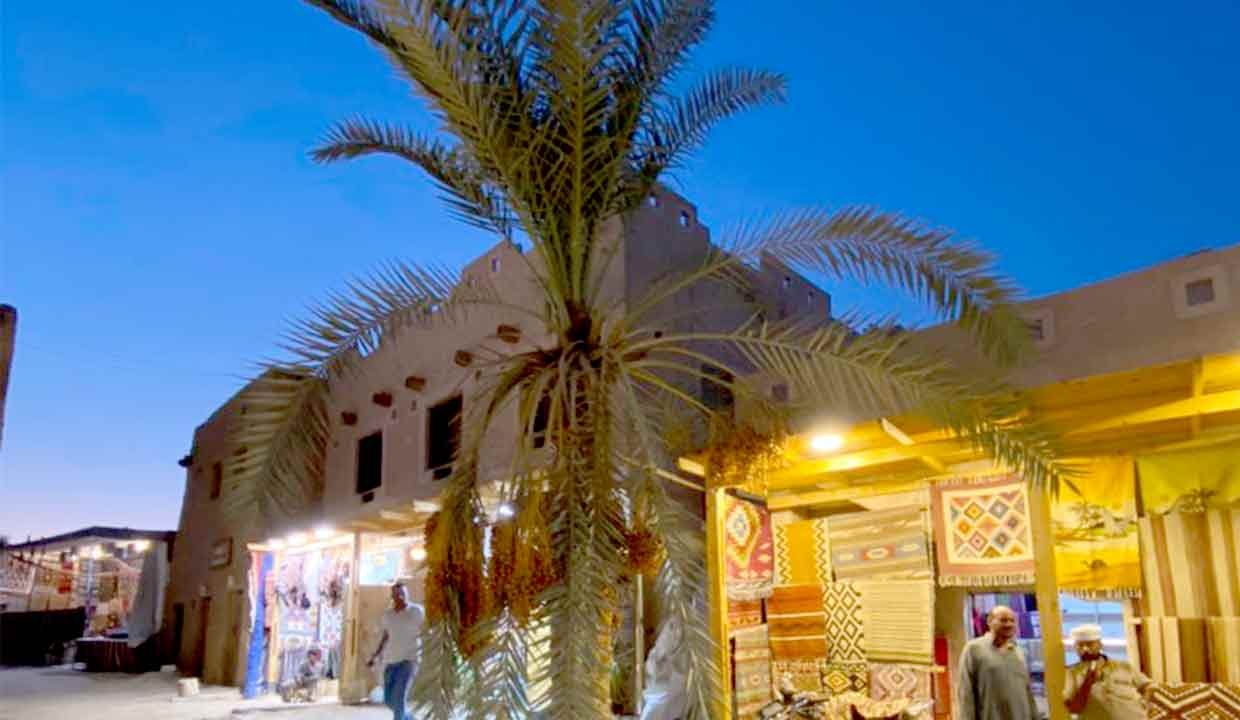6 Facts about Amazing Siwa Oasis in Egypt.
Amazing Siwa Oasis: Discovering Egypt’s Best-Kept Secret.
Amazing Siwa Oasis : Discovering one famous place in Egypt.
The vast expanse of Egypt’s Sahara Desert holds an enchanting secret: the Siwa Oasis. Nestled between the Qattara Depression and the Great Sand Sea, this secluded oasis feels like a mirage in the desert’s heart, offering a unique blend of stunning landscapes, rich history, vibrant culture, and natural wonders. Siwa, unlike many other tourist spots in Egypt, is a place that promises tranquility and authentic experiences away from the hustle and bustle of city life.
A Land Steeped in History
The Siwa Oasis is steeped in history dating back thousands of years. The ancient Egyptians established the area around 10,000 BC, and it was later known to the Greeks as the land of palm trees and olive groves. The Greeks were so enamored with Siwa that they believed it was the location of the Oracle of Ammon, a highly revered oracle that Alexander the Great visited in 331 BC seeking confirmation of his divine status.
This history is beautifully preserved in Siwa’s numerous archaeological sites. The Temple of the Oracle, also known as the Temple of Amun, is one such notable site. Though now in ruins, it was once an important religious center and symbol of Siwa’s influential past. Not far from this temple is the Gebel al-Mawta, or Mountain of the Dead, a hill filled with tombs dating back to the Ptolemaic and Roman periods.
Architectural Wonders
Siwa Oasis’s architecture is a testament to its resilience and resourcefulness. The Shali Fortress, the ancient town center, is a remarkable example. Built of ‘karsheef’ (salt rock and mud), the fortress has withstood the desert’s harsh conditions for centuries. Although parts of the Shali have crumbled due to weathering, you can still wander through the narrow alleyways and marvel at this unique architectural style that blends seamlessly with the surrounding landscape.
An Oasis of Natural Wonders
The Siwa Oasis is named after its numerous springs and palm groves, which have sustained life in this arid region for millennia. The Cleopatra Spring, also known as Ain Juba, is one of the most famous springs, believed to have been visited by Queen Cleopatra herself. Surrounded by palm trees, this natural spring offers a refreshing respite from the desert heat.
Another natural wonder is the Siwa Salt Lakes. These vast expanses of salt-encrusted earth are not only a beautiful sight to behold but also an important source of high-quality salt that is harvested and sold across Egypt.
Unique Cultural Experiences
Siwan culture is distinct from mainstream Egyptian society due to its geographical isolation. The Siwans have their own Berber language, Siwi, and customs. Traditional Siwan music and dance are central to social life, with local festivals like the Siyaha Festival offering a unique glimpse into their vibrant culture.
A visit to Siwa wouldn’t be complete without experiencing the local cuisine. Siwan food is a blend of traditional Egyptian and Berber cuisines, with dishes like ‘taguella’, a type of bread cooked under the sand, and ‘asida’, a sweet porridge, being local favorites.
Ecotourism and Sustainability
Siwa Oasis has increasingly become a center for ecotourism, with an emphasis on sustainability and preserving local culture. Eco-lodges, built using traditional methods and materials, offer a sustainable and authentic way to experience the oasis. These lodges often run on solar power and use locally sourced ingredients for their meals.
Adventure tourism is also growing in popularity. Visitors can enjoy desert safaris, sandboarding on the Sahara’s vast dunes, and overnight camping trips
under the star-studded desert sky. There are also opportunities for bird watching and exploration of the unique desert flora and fauna, making Siwa a paradise for nature enthusiasts.
A Place of Serene Beauty
The beauty of Siwa Oasis is not limited to its historical sites and natural wonders. The very essence of the oasis lies in its tranquil simplicity and untouched landscapes. The breathtaking sight of lush palm groves against the backdrop of golden sand dunes is a stark contrast that epitomizes the oasis’s serene beauty.
Furthermore, Siwa Oasis is known for its exquisite handicrafts, including woven baskets, pottery, and embroidered clothing. The artistry of these handicrafts reflects the intrinsic connection between the Siwans and their environment.
At sunset, the dunes take on a surreal, golden hue, providing an enchanting view that is a photographer‘s dream. The lack of light pollution in this secluded location makes for extraordinary stargazing opportunities, with the clear desert sky offering an unobstructed canvas for the cosmos.
Conclusion
Far from the bustling crowds of Egypt‘s more well-known destinations, Siwa Oasis is a haven of tranquility and authenticity. Its unique blend of natural beauty, historical sites, and vibrant culture makes it a destination that appeals to a wide range of interests. Whether you’re a history buff, a nature lover, an adventure enthusiast, or someone seeking a peaceful retreat, Siwa Oasis promises an unforgettable journey that will captivate your heart and soothe your soul. From the ruins of the Temple of the Oracle to the mesmerizing expanse of the Great Sand Sea, every corner of Siwa is a testament to the resilience and beauty of life in the heart of the desert.
Explore Egypt Tours Tripadvisor


Comment (0)